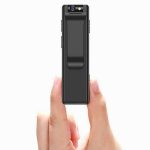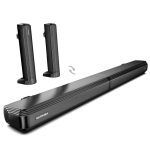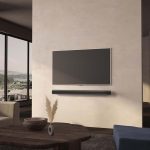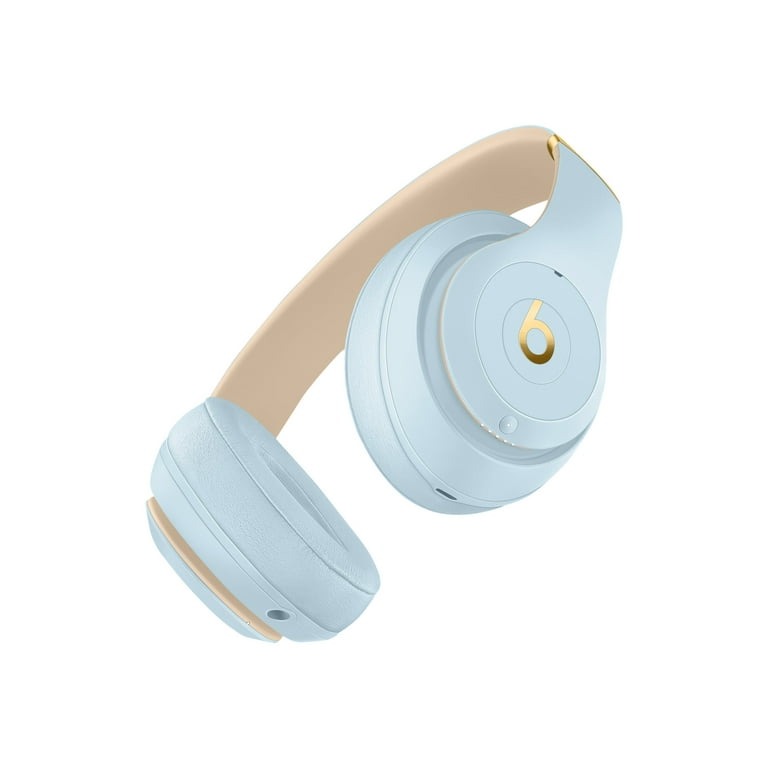Identifying Your Headphone Problem
Before solving the mystery of ‘why is my headphones not working,’ pinpoint the issue. Start with the basics. Check if your headphones are on. Simple, but it’s often overlooked. Ensure they’re charged or, for wired ones, properly connected. How’s the sound? Is there no sound, poor quality, or just in one ear? These hints shape your troubleshooting path. Watch out for physical damage. Frayed cables or visible tears are giveaways. Last, double check if they work on another device. This can rule out device-specific problems.
Quick Fixes for Simple Headphone Glitches
If you’re stumped by ‘why is my headphones not working?’, start with easy solutions. Here’s how to tackle simple headphone glitches quick and hassle-free.
- Restart Your Device: Often, a quick reboot can clear minor software bugs affecting headphone functionality.
- Reconnect the Headphones: Whether wired or wireless, disconnect and then reconnect. It might just do the trick.
- Check the Volume: Sounds basic, but sometimes, the volume is down or muted without you realizing it.
- Clean the Jack or Charging Port: Dirt or lint can block the connection. Gently clean it with a toothpick or soft cloth.
- Inspect the Cable: For wired headphones, look for kinks or breaks in the cord. Any damage may disrupt sound transmission.
- Examine the Headphones for Simple Issues: Ensure nothing’s covering the speakers. Check for loose wires in over-ear models.
- Update Your Audio Driver: Out-of-date drivers can lead to problems. If applicable, download the latest version.
These quick fixes solve many of the common issues. They require no special skills and take just minutes. If these steps don’t resolve the ‘why is my headphones not working’ question, move on to the more in-depth troubleshooting methods outlined in the sections to follow.
Step-by-Step Guide to Diagnose Connection Issues
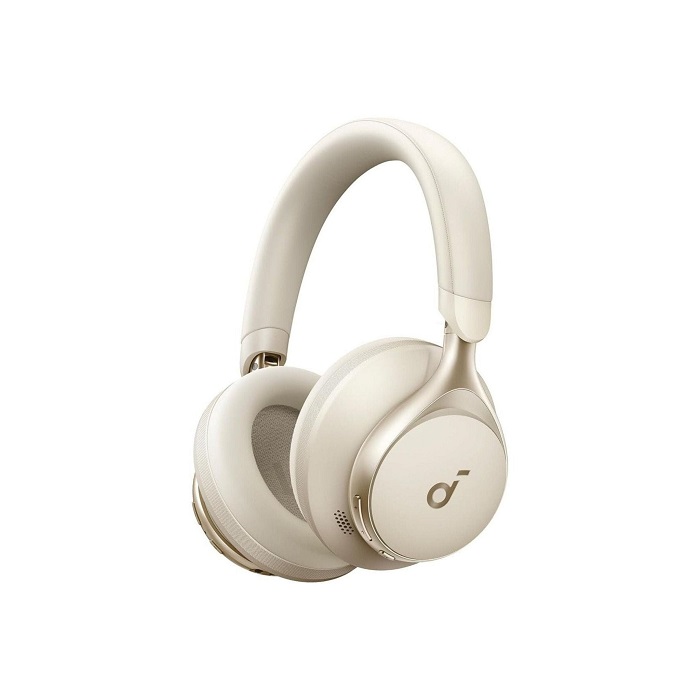
If you’re grappling with the question, ‘why is my headphones not working?’, and simple fixes didn’t help, it’s time to dive deeper into connection issues. Here’s a structured approach to get to the root of the problem.
- Check Device Compatibility: Make sure your headphones are compatible with the device you’re trying to use them with. Incompatibility can cause connection failures.
- Review Bluetooth Settings: For wireless models, ensure Bluetooth is on and properly paired. Look for your headphone’s name in the list of connected devices.
- Test Audio Source: Try different audio sources or apps. Sometimes, the issue may not be with the headphones but the source.
- Inspect Connection Points: For wired headphones, examine the headphone jack and the port on your device. Look for any damage or debris.
- Reset Wireless Headphones: A full reset can resolve lurking connection issues. Check the user guide for specific reset instructions for your model.
- Change Audio Settings: Go to the sound settings on your device. Confirm that the headphones are selected as the default audio device.
- Try a Different Pair: Connect a different pair of headphones to your device. If they work without issue, the problem likely lies with the original pair.
- Check for Software Conflicts: Close any apps that might interfere with audio output. Certain apps may take control over the audio driver, causing silences.
Working through these steps methodically will help you identify and fix connection issues. If the problem persists, it may be time to consider more advanced solutions or seeking professional help.
Advanced Solutions for Wireless Headphone Problems
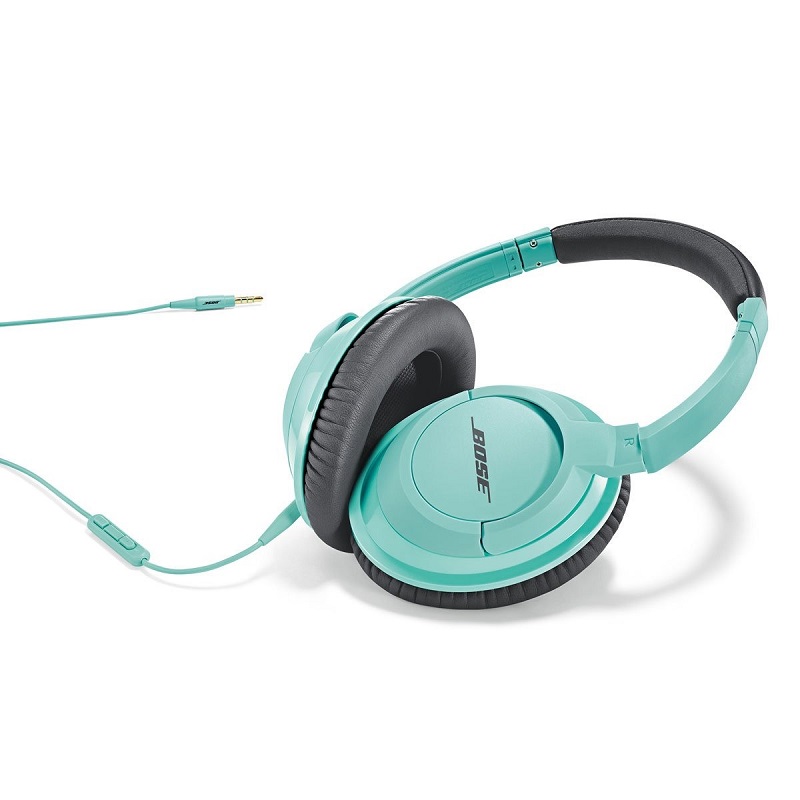
When ‘why is my headphones not working’ persists, and quick fixes fail, consider advanced solutions. Wireless headphones rely on technology that can have more complex issues. Here are steps to take to resolve these problems:
- Resetting Bluetooth Connection: Sometimes, removing your headphones from the Bluetooth list and re-pairing helps.
- Check for Interference: Other devices may cause interference. Move away from routers, microwaves or other Bluetooth devices.
- Firmware Updates: Manufacturers may release updates to fix bugs. Check if your headphones have pending updates.
- Battery Health Check: A failing battery can create connection issues. If possible, replace the battery.
- Change Audio Codec: Some devices allow changing the Bluetooth audio codec. Try switching it to see whether it improves the connection.
If these steps don’t crack the ‘why is my headphones not working’ code, look at the environment. Wireless signals can get disrupted by walls, metal objects, and other electronic devices. Keep your phone or audio device close to your headphones. If you’ve tried everything and nothing works, it may be time to contact customer support for your headphones or look into professional repair services.
Dealing with Sound Quality and Distortion Challenges
If you’re questioning ‘why is my headphones not working’ due to sound quality issues, here are some tips.
- Test Different Audio Files: Sometimes, poor sound comes from the audio file. Try playing various files to rule this out.
- Adjust Equalizer Settings: Modify your device’s audio settings. Balance the equalizer for better sound quality.
- Ensure Proper Fit or Seal: For in-ear models, make sure they fit your ears correctly. A bad fit can lead to sound leakage or distortion.
- Check for Software Issues: Sometimes, a recent update or app can cause sound problems. Look out for any recent changes.
- Inspect the Speaker Mesh: If you notice barriers on the mesh, such as dust or wax, clean them gently.
- Look at Electronic Interference: Nearby electronic devices can cause magnetic interference. Keep your headphones away from other electronics.
- Consider the Environment: Very cold or hot temperatures can affect headphone components. Keep your headphones in a moderate climate when possible.
These tips help address aspects of sound quality that might lead to a poor listening experience. If these steps don’t improve the situation, it may point to internal issues that need more technical attention.
How to Handle Physical Damage and Wear-and-Tear
When dealing with ‘why is my headphones not working’, physical damage is a common culprit. Regular use can lead to wear and tear, impacting performance. Here’s what to do when facing these challenges:
- Inspect for Visible Damage: Look closely at your headphones. Check for any signs of physical damage, such as cracks or broken parts.
- Test Cable Flexibility: For wired headphones, gently bend the cable. Check for unusual resistance or cracking sounds that suggest internal damage.
- Assess the Ear Pads: Over time, ear pads can degrade. If they’re damaged or too worn, consider replacing them to maintain sound quality and comfort.
- Secure Loose Connections: Sometimes, screws or parts can become loose. If you’re comfortable with DIY repairs, tighten any visible screws. If not, seek professional help.
- Monitor for Driver Damage: Drivers are the heart of your headphones. If sound is distorted or absent, the drivers may be damaged. This usually requires professional expertise.
Remember, handling physical damage yourself can be risky. If you’re unsure, it’s best to contact the manufacturer or a professional repair service. Continued use of damaged headphones can lead to further issues or even potential injury. Keep an eye on the wear and tear to address problems early and prolong the life of your headphones.
Software Updates and Compatibility Checks for Modern Devices
Navigating the ‘why is my headphones not working’ maze, don’t overlook software issues. As tech advances, updates and compatibility become crucial.
- Update Your Devices: Outdated firmware can cause headaches. Ensure your device’s operating system and headphone software are current.
- Check Compatibility: New headphones may not mesh well with older devices. Verify they’re a match.
- Look for Patches: Sometimes, manufacturers release fixes for known issues. Look for any available patches or updates for your headphones.
- Review System Requirements: Headphones may need certain system features to work properly. Make sure your device meets these requirements.
- Adjust Settings After Updates: Post-update, settings might change. Revisit your device’s audio settings to make sure your headphones are still the default option.
These crucial steps can prevent and solve many ‘why is my headphones not working’ puzzles. In a world where software governs functionality, staying updated is key.
When to Seek Professional Help or Consider Replacement
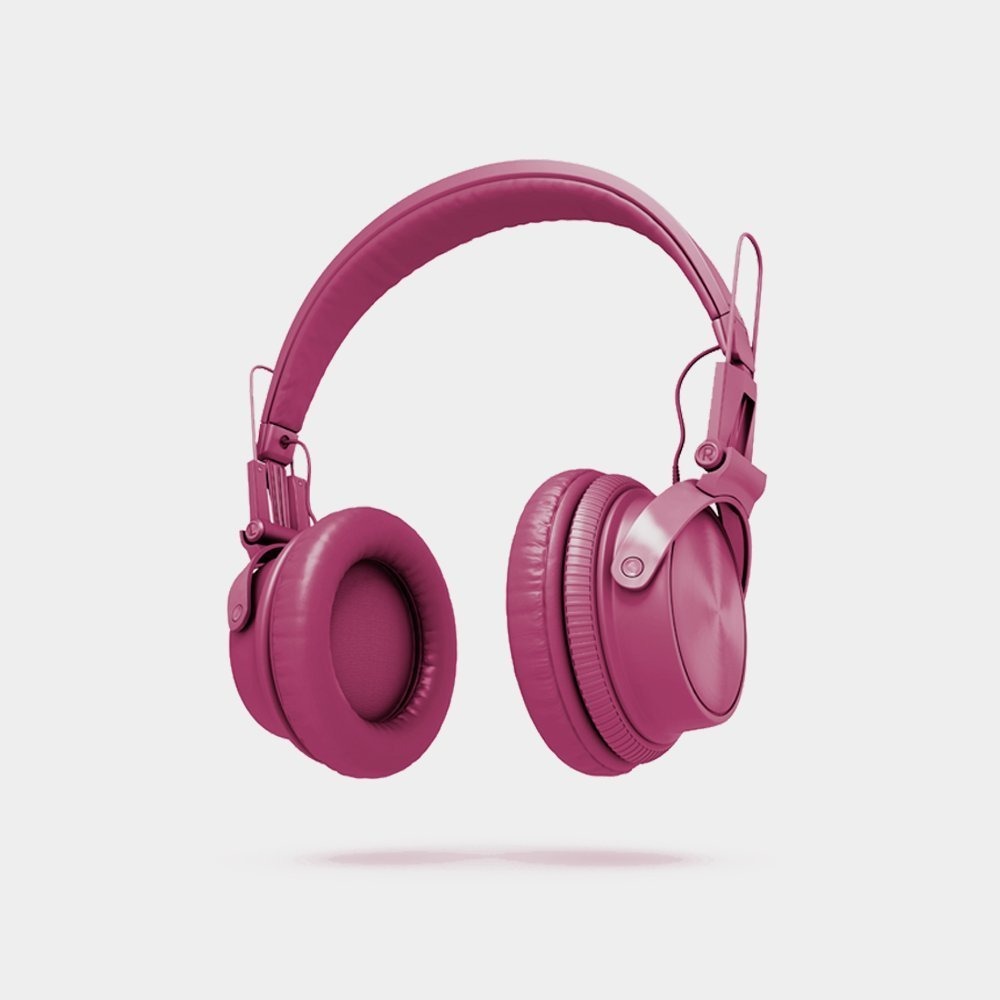
Sometimes, despite your best efforts to troubleshoot and apply fixes, your headphones might still not work correctly. In such cases, it may be time to seek professional help or consider a replacement. Here are signs that it’s time to take that step:
- Persistent Connection Issues: If you’ve tried all the steps for diagnosing connection issues and the problem persists, professional help might be required.
- Unresolved Sound Quality Problems: When the sound quality does not improve after going through all the suggested fixes, there could be deeper technical issues at play.
- Visible Physical Damage: If physical damage is extensive and affects the functionality, a professional repair or replacement might be the only option.
- Recurring Software Glitches: When software updates and compatibility checks don’t resolve recurring glitches, expert diagnosis may be needed.
- Non-Responsive to Resets: If your wireless headphones are not responding to resets or troubleshooting, it’s time to seek expert assistance or look for new ones.
- Safety Concerns: If damaged headphones pose a potential safety risk, such as exposed wires or a swollen battery, stop using them immediately and consult a professional.
- Warranty and Support: Check if your headphones are under warranty. The manufacturer might offer free repairs or replacements.
Deciding between professional repairs and buying new headphones can be tough. Consider the age of your headphones, the cost of repair versus replacement, and whether the same issues have occurred frequently. Sometimes, investing in a new pair of headphones is more cost-effective and ensures you get the latest features for an improved listening experience. If you choose to buy new headphones, research your options and look for models with good reviews and warranties.



